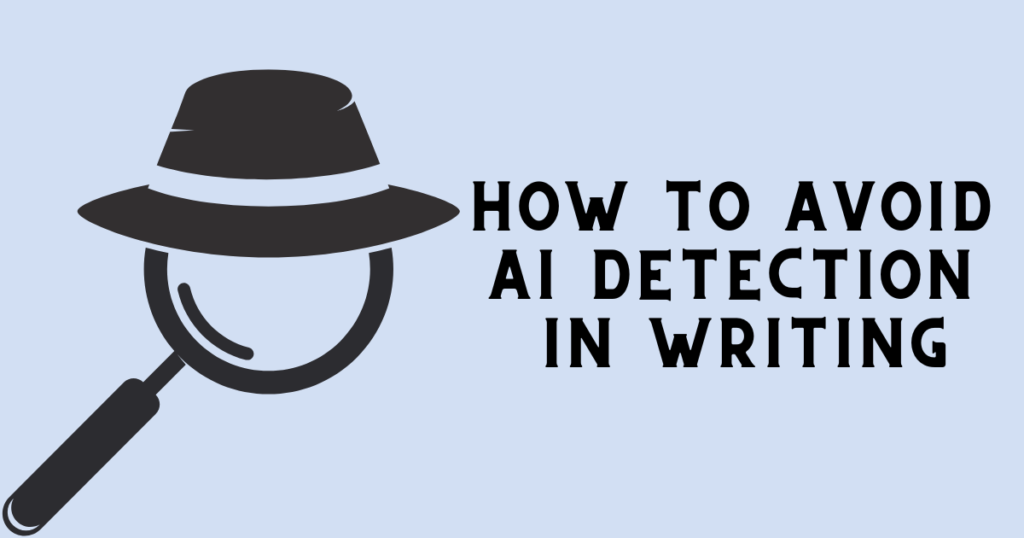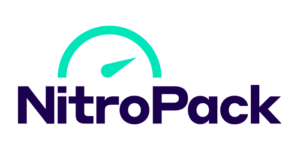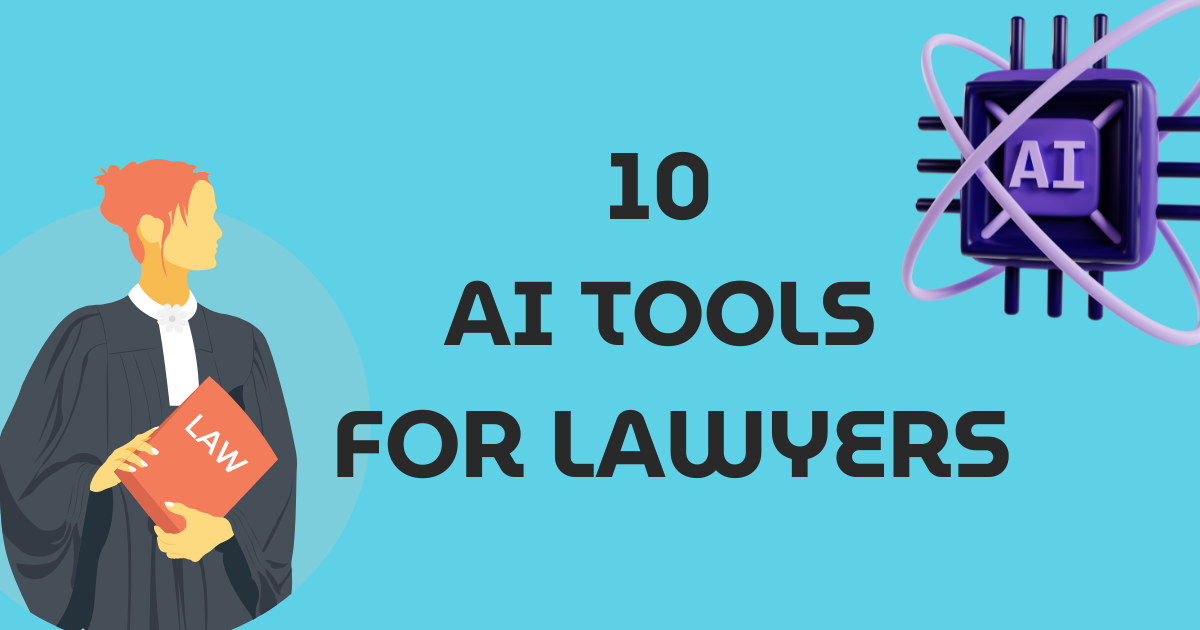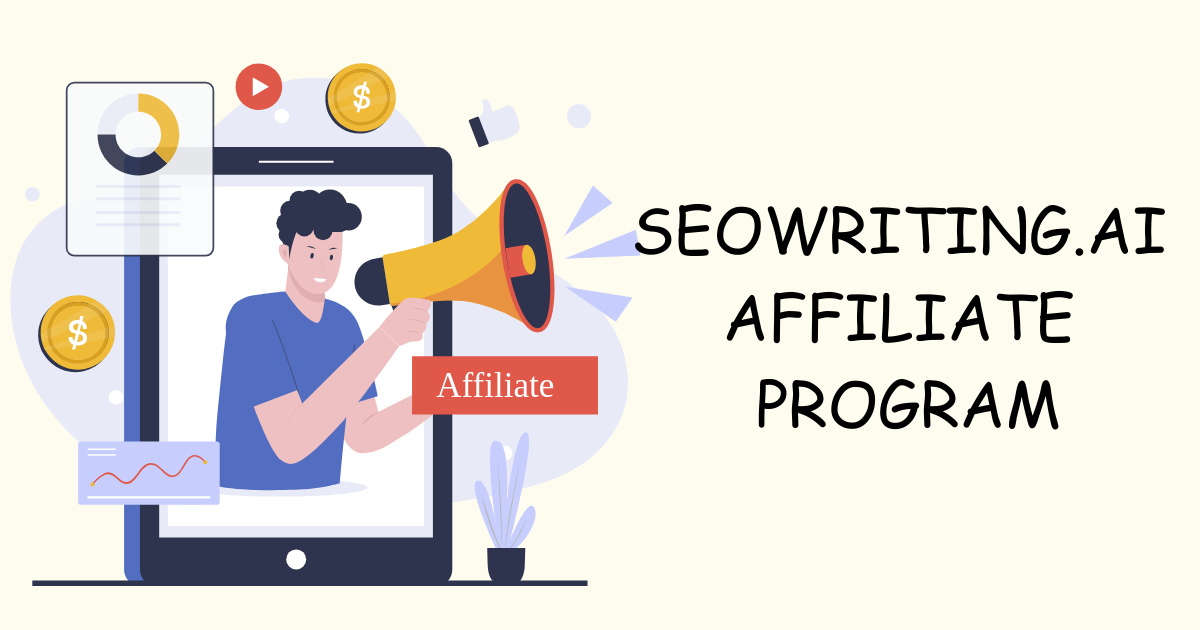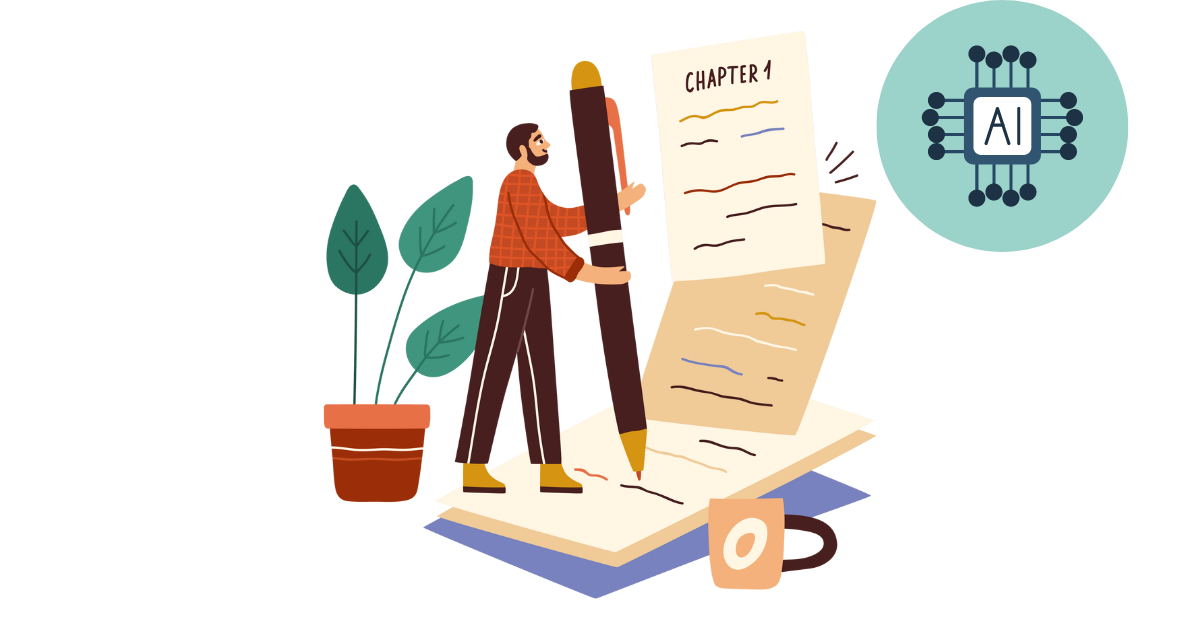AI is changing the game in how we create content, turning what used to be hours of typing and brainstorming into a few clicks. But with this cool tech comes a new challenge: AI detection tools.
These clever systems can spot the difference between what a human writes and what’s cooked up by a computer, making it tricky for AI-generated content to blend in.
Why does this matter? Well, for starters, you want your work to feel personal and genuine, not like it was churned out by a robot.
That’s where this guide comes in. I’m here to walk you through the ins and outs of how to avoid AI detection in writing, ensuring your AI-generated text flies under the radar.
From tweaking your writing style to mixing in your unique voice, we’ll cover all the tricks to make your AI-generated content indistinguishable from human-written pieces.
Let’s dive into this adventure together and keep your content feeling real and relatable.
What Do I Mean By AI Detection in Writing?

AI detection tools are like detectives that can tell if a computer or a person wrote something. Imagine you’re playing a game where you have to guess who drew a picture, a friend, or a computer.
AI detection tools do something similar with writing. They look at how the words are put together to make this guess.
People started making these tools because they wanted to make sure the stuff we read, like news or school essays, is real and not just made by a computer pretending to be a person.
This is really important for keeping trust in what we read and making sure no one is just copying someone else’s work without permission.
Why would someone want to bypass AI detection or ensure their AI-generated text doesn’t get caught? Sometimes, using AI helps us come up with ideas or write faster, but we still want the work to feel like it was made by a person, full of real thoughts and feelings.
That’s why learning how to avoid AI detection in writing is so cool. It means you can use the help of AI to create awesome stuff but still keep it feeling personal and original like it’s truly yours. This way, everything we read stays interesting, unique, and trustworthy.
The Basics of AI-Generated Content
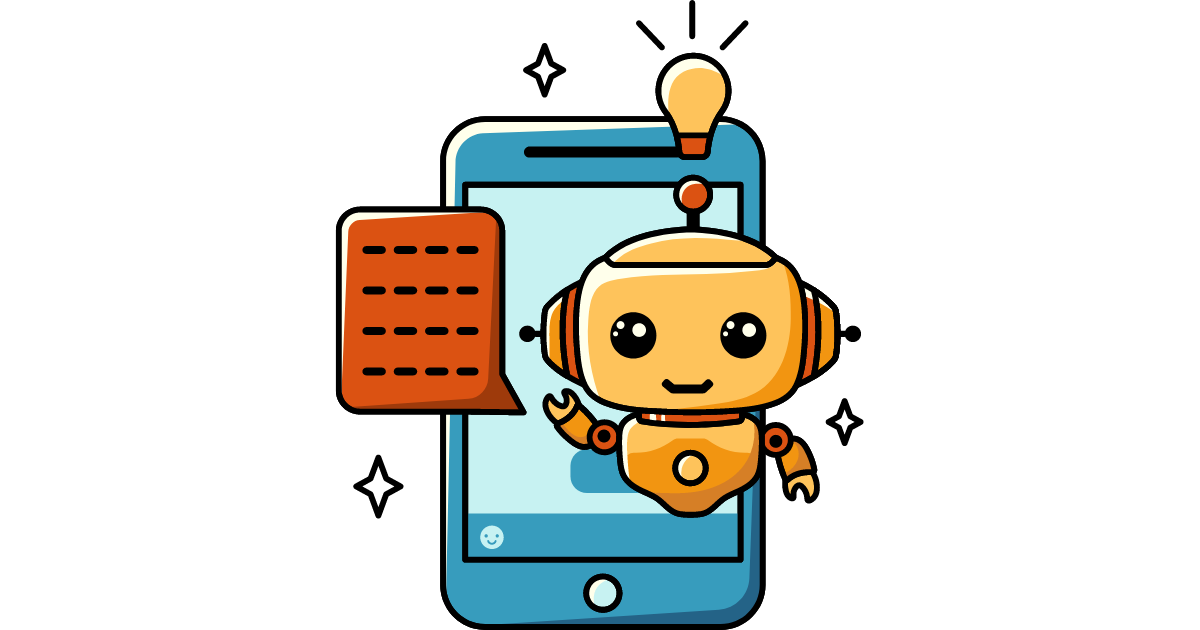
AI-generated content is when computers use artificial intelligence, or AI for short, to create writing that looks like what a person might write.
Many tools exist, like programs that can write stories and articles or even help students with their essays.
These AI tools can be super helpful because they can come up with ideas quickly, save time, and help people who might be stuck figuring out what to write.
But, using AI to create content also has its tricky parts. Sometimes, it’s hard for AI to sound exactly like a human, making the writing feel a bit off. Also, people want to ensure the work is original and not just copied from elsewhere without permission.
That’s where AI detectors come into play. These tools try to figure out if a piece of writing was made by a computer or a person.
They look for clues in the writing that might not be typical of how people usually write. Some companies, like Google, are working on making these detectors really good at spotting AI content.
This is important for people who want to use AI to help with writing but don’t want their work to be flagged by these detectors.
Learning how to bypass AI detection means understanding how these tools operate and finding ways to make AI-written text look and feel more like it was written by a human.
What are AI Detection Tools?
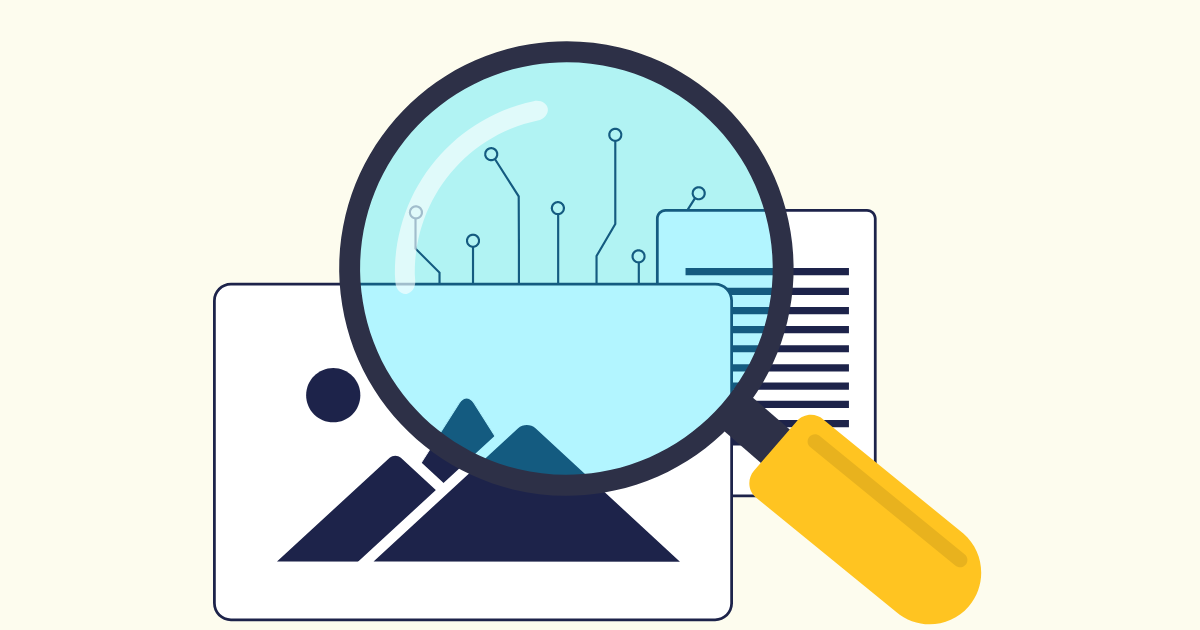
AI detection tools are smart programs that help figure out if something you’re reading was written by a person or created by a computer using AI.
These tools are great for checking if content is coming from a human touch or if it’s the work of an AI tool.
These detectors learn from tons of examples and use special tech to pick apart different ways of writing. They look at how the words flow and the style of the writing to make a guess.
You can find many kinds of these tools. Some are simple, and you can use them straight from the web, while others are more complex and can be part of the tools you use to manage your writing projects.
These tools are like detectives, using clues in writing to solve the mystery of who or what did the writing—whether it’s a person or a machine’s work, known as natural language generation.
Here are a few AI detection tools:
1. Copyscape
Copyscape is a tool people use to check if someone copied work from the internet, but it’s also good at noticing if AI made some content. If AI writing looks a lot like stuff already online, Copyscape will catch it.
2. Turnitin
Turnitin, which lots of schools use to check for copied homework, can also spot AI writing by comparing it to loads of papers, websites, and books it knows about.
3. Originality.AI
Originality.AI is a tool that says it’s the best at finding AI-written stuff by checking against what big computer brains like AI language models come up with.
So, if you’re trying to learn how to avoid AI detection in writing, knowing about these tools can help you make your AI-generated content or text look more like a real person who wrote it.
Can Tools Really Spot when Content is Made By AI?

Well, these AI detection tools aren’t perfect. Sometimes, they get it wrong and might say something written by a person was actually made by AI.
This happens because these tools look at how the words are put together and the patterns they form, which are usually seen in AI-made writing.
But if a person writes in a way that looks like those patterns, the tool might get confused and think it’s AI.
So, even with fancy technology like natural language processing and natural language generation helping these tools, they can still make mistakes, like thinking something Google thought was AI content was actually written by a human.
These tools that try to spot if AI or a person did the writing aren’t always right. Sometimes, they mess up and think that something a person wrote was actually done by AI. Here’s why this can happen:
-
Writing Style: Sometimes, without meaning to, you might write in a way that sounds a lot like how AI writes.
-
Repeating Stuff: If you keep saying the same things in your writing, these tools might think it’s because of AI.
-
Different Grammar: Using grammar or sentence styles that aren’t common can make these tools guess wrong and think it’s AI writing.
-
Not Enough Examples to Learn From: These tools learn from examples. If they haven’t seen enough different writings, they might not be very good at telling AI and human writing apart.
-
AI Getting Better: AI is getting really good at writing like humans, which makes it harder for these tools to tell the difference.
Even though these tools are trying to get better as AI writing gets better, they still sometimes think human writing is AI.
Tools like ChatGPT are working on ways to show when text is made by AI to help tell them apart better in the future. But for now, it’s not a good idea to only use these tools to decide if writing is from a person or AI.
Strategies to Make AI Content Undetectable
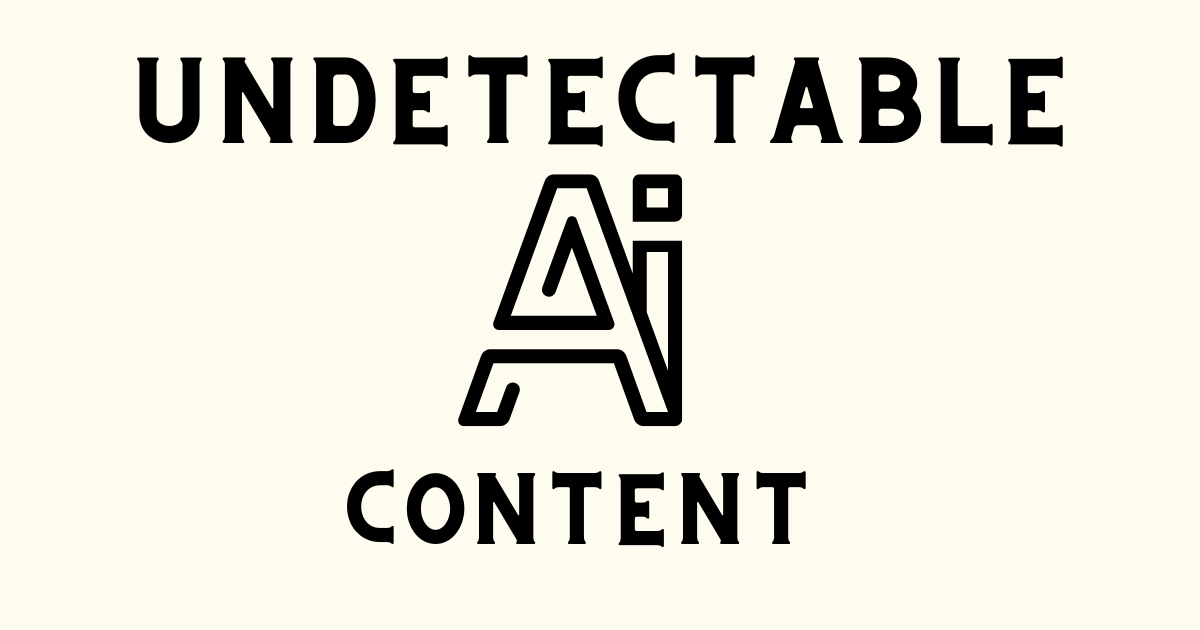
When we use AI to help us write, it’s like having a super smart robot buddy who can type up stories, articles, or homework.
But sometimes, we need to make sure this robot-written work looks like a human did it so it doesn’t get caught by tools that are looking for AI work. Here are some cool tricks to keep your AI writing under the radar:
1. Rephrase sentence structure and format
One smart trick to keep AI from spotting your writing is to mix up your sentences a bit. This means changing the order of words or flipping sentences together or apart.
This can confuse the AI detection tools that look for specific ways words are usually put together. For example, if you have simple sentences like “The sun rose. It was a beautiful morning,” you can blend them into one like “As the sun rose, it revealed a beautiful morning.” This makes your writing more complex and less likely to be flagged as AI-made.
2. Use synonyms and similar words
Another tip is to switch up your words with synonyms, which are words that mean the same thing. AI often picks the most common words to use, but if you mix it up and use different words for the same thing, it can help hide your tracks.
Instead of saying, “avoid AI detection,” you might say, “dodge AI spotting.” But remember, using too many fancy or different words can make your writing sound weird, so it’s best to do this carefully to keep your writing sounding smooth and natural.
3. Avoid repetitive keywords and phrases
To make sure AI tools don’t catch on that your writing is AI-made, steer clear of saying the same things over and over.
These tools are pretty smart and can pick up on patterns that look like a robot wrote them. For example, ChatGPT often gets called out for repeating itself a lot.
If you cut down on using the same words and phrases too much, you’ll make it harder for these tools to figure out who wrote your content.
Here’s how you can keep your writing sounding real and friendly:
-
Talk like you’re chatting with a friend: When you go over what the AI wrote, try to make it sound like you’re just talking to someone. Use easy words and phrases, like “it’s” instead of “it is,” to make your writing more welcoming.
-
Keep it simple: Don’t get all fancy with words. Stick to simple language that everyone gets. If you have to use big words, make sure to explain them so everyone can follow along.
-
Be direct with your words: Try to write sentences that get straight to the point. For example, instead of saying, “I was in awe of the Eiffel Tower,” you could say, “The Eiffel Tower left me in awe.” It keeps your message clear and keeps the AI detectors guessing.
-
Mix up your sentence styles: Use a mix of short and long sentences to keep things interesting. This not only makes your writing more fun to read but also throws off those AI detectors.
-
Ask questions: Throwing in questions here and there makes your writing feel more like a two-way conversation, which is exactly how we talk in real life.
4. Share personal stories and views
Telling your own stories or using examples from real life can really grab your readers’ attention and make what you’re saying clearer.
When you share things that have happened to you or lessons you’ve learned, it brings something special to your writing that computers have a hard time copying.
For people who create content or run brands, it’s super important to build trust with their audience. Folks tend to lean more towards content they feel is written by someone who knows what they’re talking about because of their own experiences.
If readers start thinking your content was made by AI, they might start doubting how much they can trust what you’re saying.
But this doesn’t mean you can’t use AI to help with your writing. Relying only on AI for your content could make it sound less human and maybe even a bit boring, which might also tip off those AI detectors.
A smart move is to mix your own writing with AI’s help. This way, you can avoid sounding too much like a robot and keep your writing feeling real and interesting.
Plus, when you add your own touch, it makes it tougher for AI tools to spot if your content is computer-made.
Your main aim should always be to give useful tips or information that helps your readers. Sprinkling in some of your own words alongside AI-generated bits can make your content feel more genuine and harder for AI to catch.
5. Use descriptive prompts
When you’re getting AI to help write something, don’t just give it a simple task and think you’re done. To really dodge those AI sniffers like Google’s, you’ve got to be clever with how you ask.
Detailed instructions can make your AI spit out writing that feels more real, packed with emotions, and sounds like a chat between friends.
Let’s say you tell it, “Write a story about a forest.” That’s too plain, and you’ll probably get something pretty dull back.
But if you spice up your ask, like telling a story about a day at the beach, and imagine all the sights, sounds, and feelings, you’ll get something much cooler.
You can also try a fun trick where you ask the AI to write “in the style of” someone famous or with a certain vibe.
For example, rather than just asking for an “ad for AI software,” you could say, “Write an ad for AI software in the style of Quentin Tarantino.” This way, your final piece is more likely to sneak past any AI checkers without them catching on.
6. Use human moderators
Having real people check over what AI writes is a smart move. They can spot bits that might not sound right and make sure everything reads well and grabs attention.
Tell your team to watch out for parts that repeat too much or sound too much like a robot wrote them. It’s really important to check that all the facts are right, too.
A little grammar mistake might slide, but saying something that’s not true is a big no-no.
7. Complicate your writing
Making your writing more complex to trick AI checkers isn’t something I’m all in on. It means making your writing a bit confusing on purpose by throwing in words that don’t fit or changing words to look different, like turning “data” into “d@t@” or “digital” into “d1g1tal”.
This can make AI tools get confused but still lets most people understand what you’re saying.
You might also try using letters or symbols that look alike but are actually different, which can mix up AI tools without changing what you mean too much, like using a letter from a different language that looks like an English letter but isn’t.
But be careful with this trick. It can make it tough for Google and other people to get what you’re trying to say. Think of it as something you might only do if you really need to because it can make your writing harder to read.
By following these steps, you can create AI content that’s so good even the keenest AI detection software might just think it’s penned by a human.
Can Google spot content Written by AI?
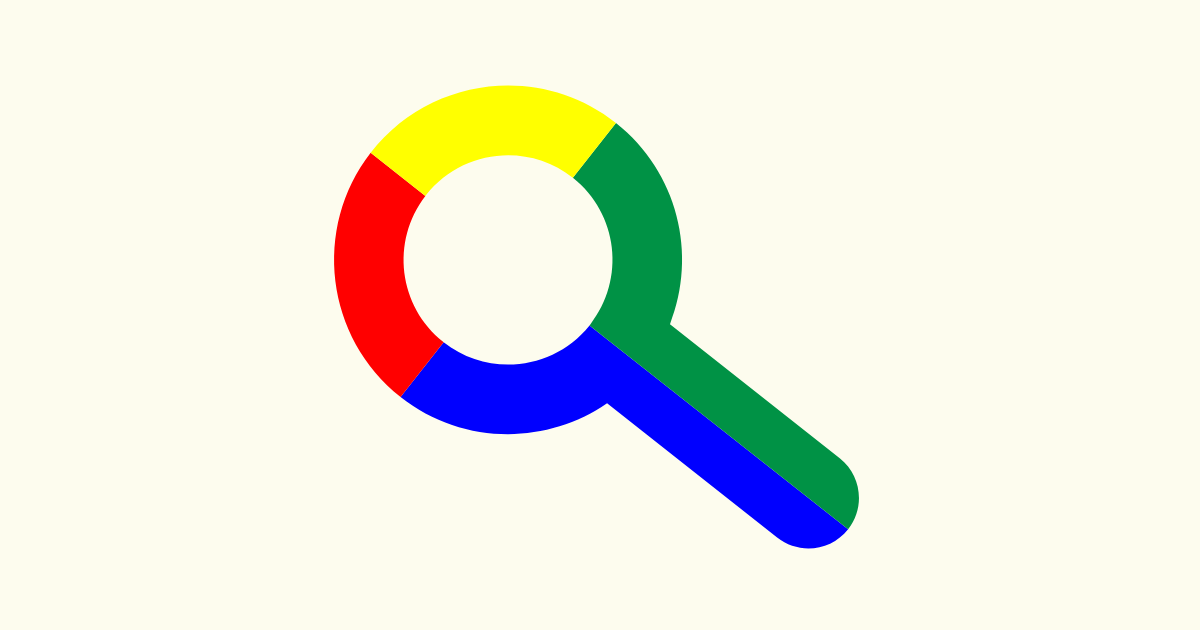
Many people wonder if Google can tell the difference between writing done by humans and writing done by computers, also known as AI. The answer is pretty interesting.
Google has some smart tools, known as AI detection tools, that help it figure out if a piece of writing was made by a person or by an AI tool.
This is because Google has learned a lot from all the information it sees every day and uses that knowledge to spot patterns that might not be typical for human-written text.
But why does Google care about whether content is made by AI or humans? Well, Google wants to make sure that when you search for something, you find helpful and original information.
This means they’re on the lookout for AI-written content that might not be as helpful as something a person has put their heart and thought into.
However, Google also says that what really matters is the quality of the content. If the writing, whether done by AI or a human, is useful and interesting to people, then that’s a good thing in Google’s eyes.
So, while Google can detect AI content with its AI content detection abilities, it’s more focused on making sure whatever pops up in your search results is going to be worth your time to read.
Conclusion

Figuring out how to avoid AI detection in writing can seem tricky, but it’s all about making your work sound more human.
Using tools like AI detection tools can help, but remember, Google and others are getting smart at spotting AI-written content.
The best strategy? Mix in your own stories and style with AI tools to create something unique. AI can start the writing, but adding your touch transforms it into human-written text.
This balance keeps your writing real and makes it harder for any AI content detection to call your work anything but genuinely yours.
FAQs
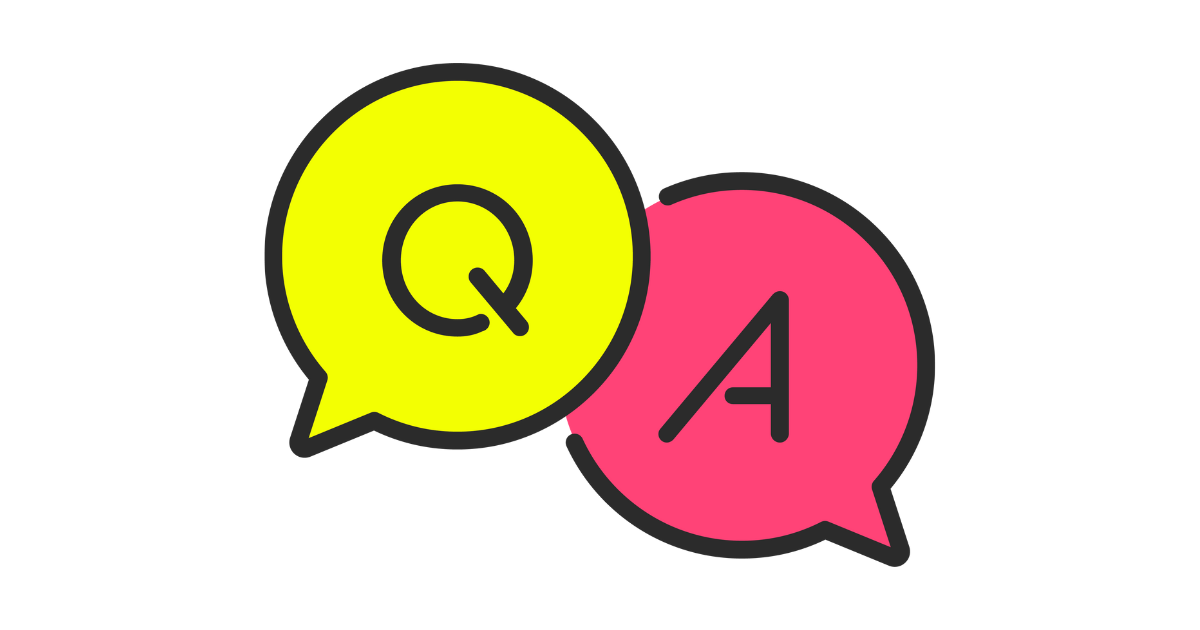
What is content written by AI?
Content written by AI is anything created by artificial intelligence. This AI looks at a bunch of information it learned before and comes up with new stuff to say using special technology that understands and creates language.
How do we spot AI-written content?
Tools like Originality.AI, Copyleaks, or GPTZero help figure out if writing is done by a person or by AI. These tools aren’t perfect yet, but they’re pretty good at finding content that AI has made.
What are the good and bad sides of tricking AI checks?
Fooling AI checks means your content seems more human, which is great for making your website ready for the future.
But, it can take a lot of time, might not always work, and you might need to know some fancy tricks. So, there are good and bad sides to getting around AI checks.
Does Google care if the content is made by AI?
Google doesn’t get mad at AI-made content, and they’ve said using AI the right way is okay with them. But, content from AI that doesn’t offer anything new or helpful might not do well on Google.
Can Google tell if the content is written by AI?
Yes, Google can often tell if AI has made content because it has a ton of information and uses smart tech to look for signs of AI in writing.
However, if you make big changes to what AI comes up with and make sure it’s unique, then it’s less likely to be seen as AI-made by Google or any other tool.


